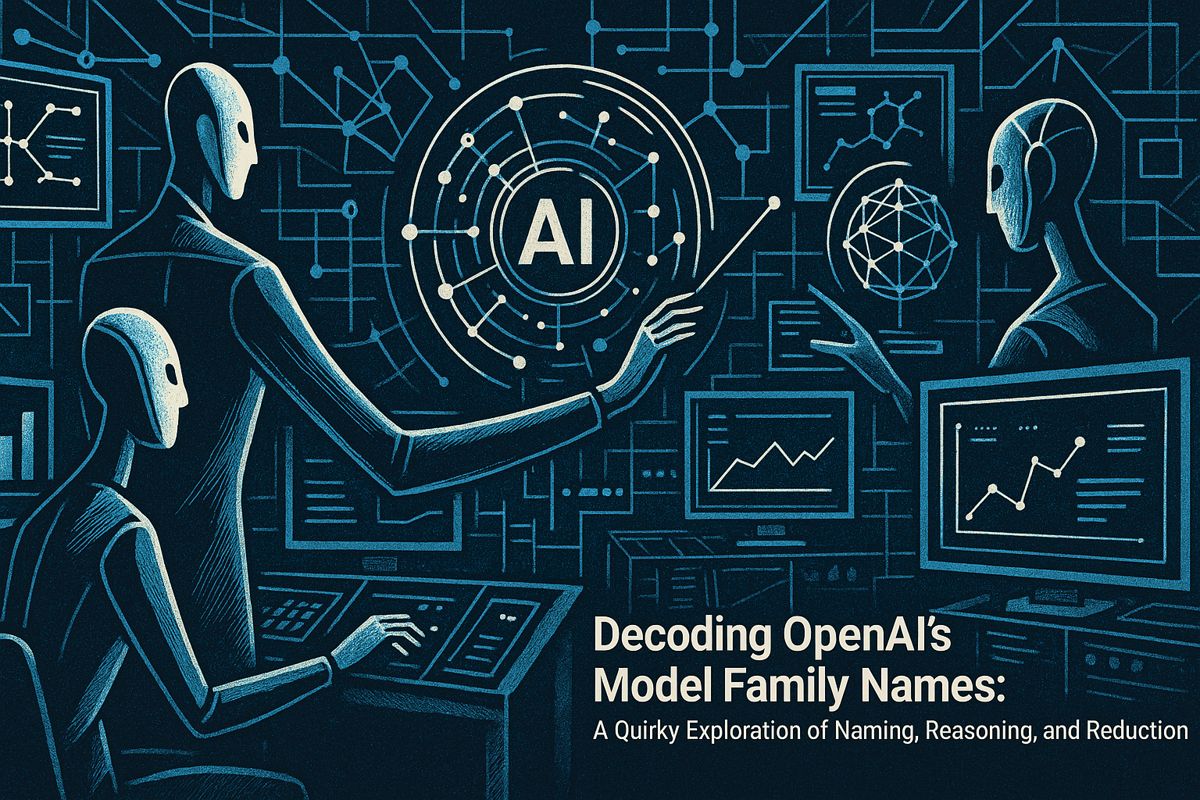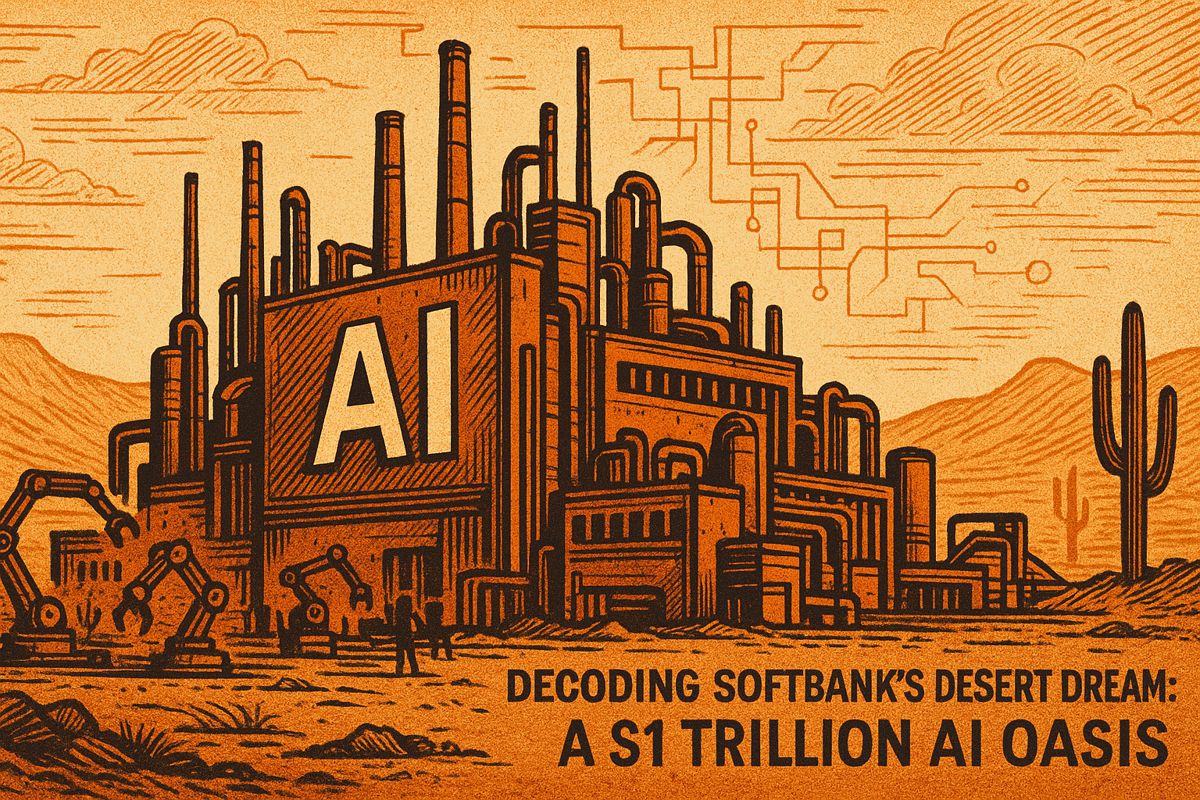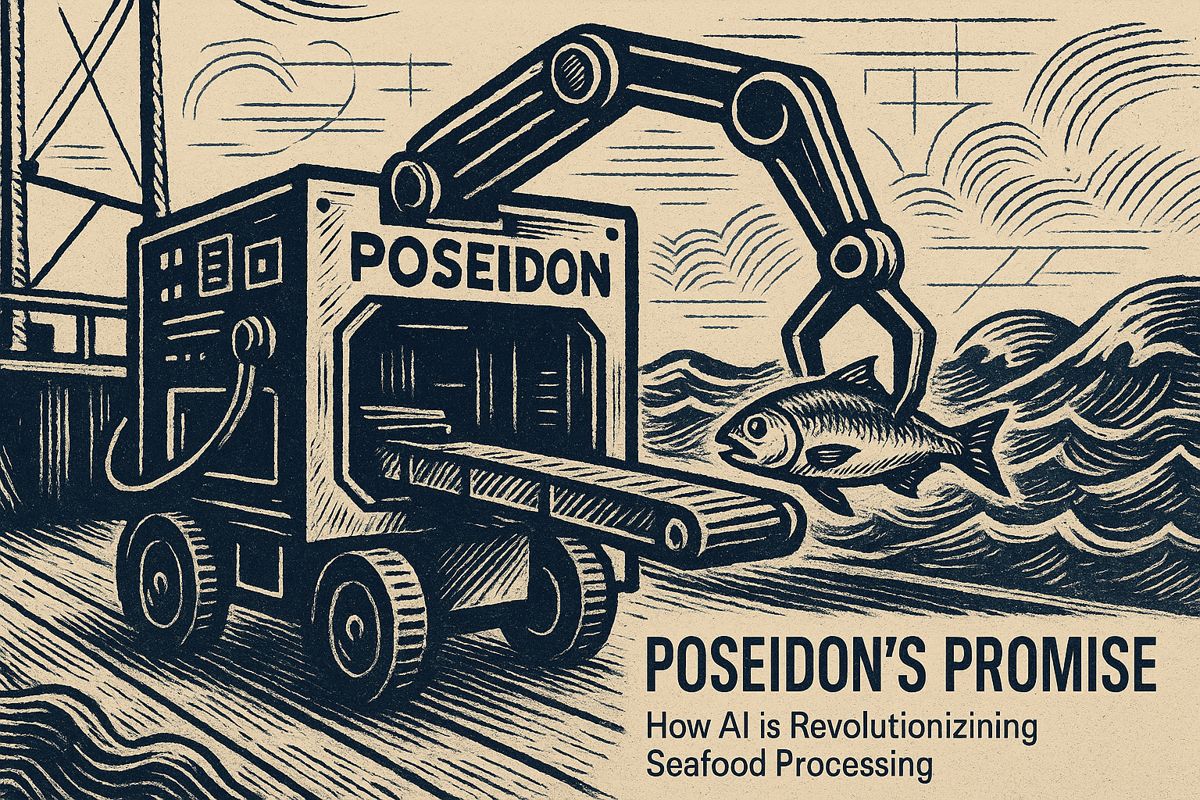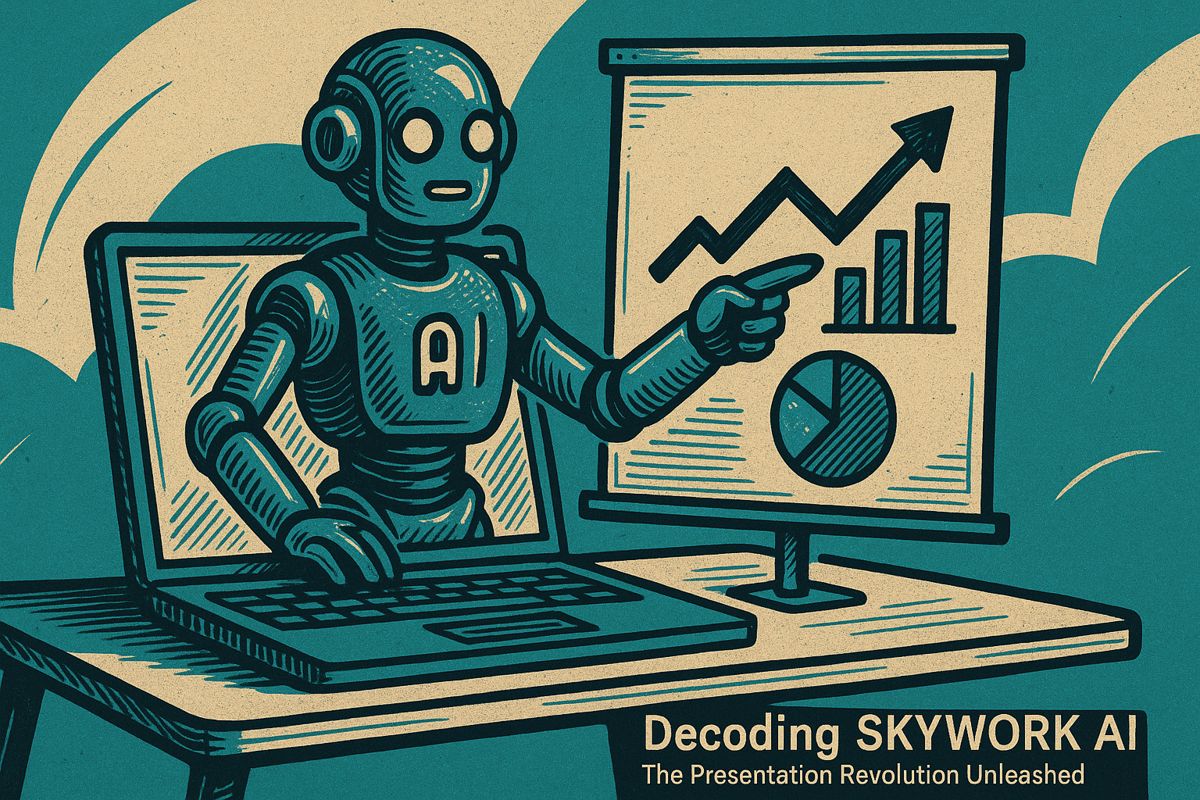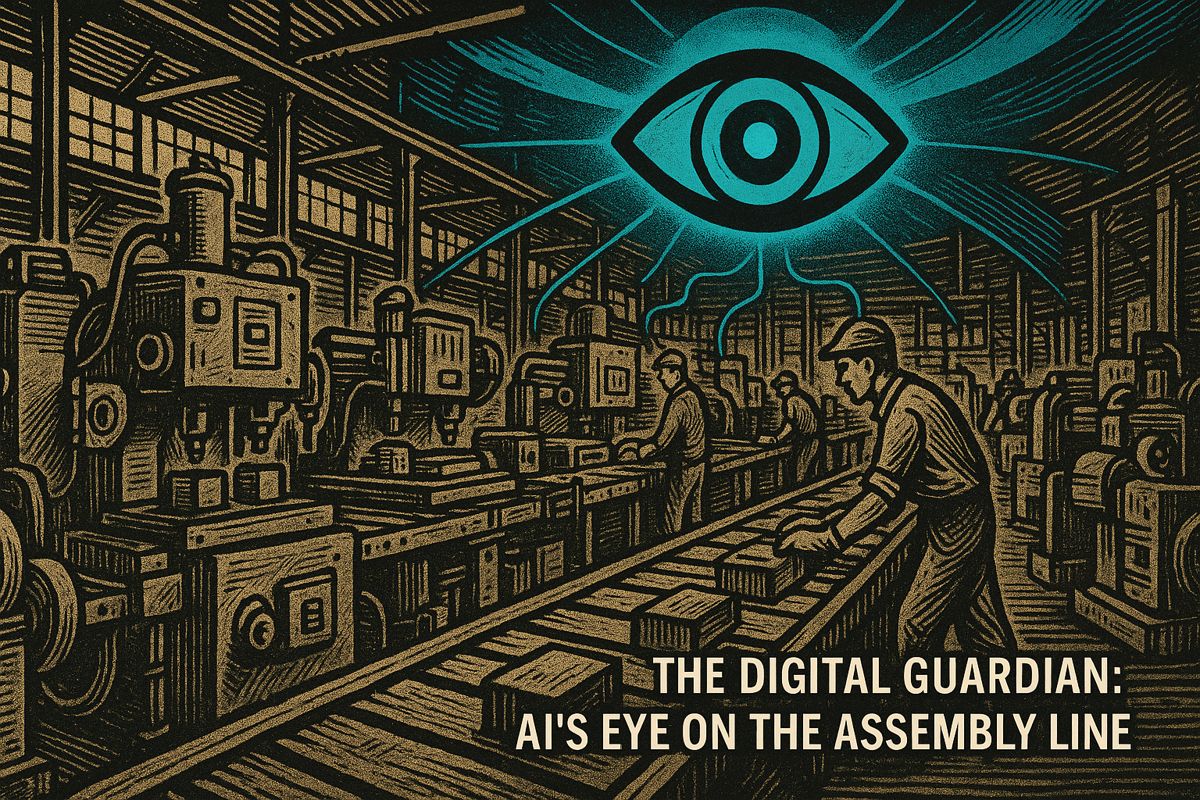Here’s the text with the most important phrase emphasized in markdown bold:
Airia offers a groundbreaking enterprise AI orchestration platform that tackles the messy world of AI integrations. By unifying AI agents, data, and applications in one environment, it provides intelligent model routing, pre-built connectors, and no-code tools that simplify complex AI management. The platform addresses critical enterprise needs like centralized governance, flexible deployment, and real-time monitoring, giving businesses a powerful way to control their AI ecosystem. With features that enable seamless integration, compliance, and human oversight, Airia aims to transform the chaotic landscape of enterprise AI into a more manageable and efficient system. The platform represents a promising solution for organizations struggling with AI complexity, offering a way to streamline operations and reduce operational headaches.
What is Airia’s Enterprise AI Orchestration Platform?
Airia is a comprehensive AI management solution that unifies AI agents, data, and applications in a single environment. It offers intelligent model routing, pre-built enterprise connectors, no-code agent builders, and centralized governance to simplify complex AI integrations and reduce operational complexity.
Old War Stories and New Promises
Some mornings, I still flinch at the memory of our Frankensteinian AI setup – three chatbots, two bickering teams, and a spreadsheet (can you hear the desperate clicking of Excel cells?) haunted my dreams for weeks. If you’ve ever tried to keep track of which model was supposed to handle what, you know the low-level anxiety I’m describing: a twitch behind the eyes, an almost physical itch. Why do enterprise AI stacks seem to multiply like rabbits after dark? Maybe that’s a rhetorical question, but it’s one that’s stuck with me.
So when Airia announced its enterprise AI orchestration platform, I felt a flicker of hope – and a little skepticism. Could this really be the one tool to bind all those wild agents, models, and integrations together? I’m reminded of the time we lost a full afternoon hunting down a rogue API key, only to find it in a forgotten Slack message. Not my proudest moment, but apparently, I wasn’t alone.
Airia’s pitch is as bold as a lion’s roar: unify your AI agents, govern them from a central console, and stop the endless proliferation of “shadow AI” springing up in odd corners of your org. I can practically smell the burnt coffee of late-night debugging sessions—the sensory detail I can’t shake.
Where Orchestration Meets Reality
Let’s talk brass tacks and concrete specifics: Airia orchestrates AI agents, data, and applications in a single environment. They’ve built intelligent model routing that dynamically shuffles requests between OpenAI, Anthropic, and Azure OpenAI – picking the optimal model for each job, and, theoretically, saving you from those “why did our AI bill triple?” conversations with finance. I’ll admit, the idea of sidestepping vendor lock-in feels like finally finding a trapdoor out of a stuffy room.
Integration is handled through a library of pre-built connectors, plugging into enterprise standards like Salesforce and Microsoft 365. No-code agent builders open the door to business users, who can drag-and-drop their way through workflows instead of waiting for IT to clear its backlog. (I’ve been that impatient stakeholder, eyes glazing over as another sprint slipped by. Never again, I hope.)
But it isn’t just about speed – it’s about trust. Airia wraps the whole circus in centralized governance: unified policies, real-time monitoring, clear audit logs. Certifications like SOC 2 Type II, HIPAA, and GDPR aren’t just for show. For compliance officers, it’s like hearing rain after a long drought. And with deployment options ranging from public cloud to on-premises installations, Airia’s flexibility rivals a Cirque du Soleil contortionist. I wonder, is it ever too many options?
Herding Cats, Setting Standards
Running multiple AI models in production can feel like herding a parliament of cats – each with their own tempers and occasionally dubious ethics. I’ve seen firsthand how the sprawl of bespoke integrations, inconsistent logging, and drifting security policies create an operational quagmire. Airia’s method is to corral all these agents into a monitored and policy-rich enclosure, and frankly, it reads like a zookeeper’s manual for a digital menagerie.
There’s genuine intelligence, too, in features like live SQL queries to Databricks for real-time analytics, or exporting AI-generated content straight into Word and PowerPoint with the right formatting and watermark. That little shiver you get while watching your AI output appear in a client deck? I felt it.
Human-in-the-loop processes—still a rare beast in many platforms—mean real oversight. You’re not handing the keys to the kingdom to your algorithms; there’s still a flesh-and-blood decision-maker in the loop. I used to worry that automation would edge us out entirely, but I’m beginning to think this middle path is the sanest option.
The AI Zookeeper’s Dilemma
A final note: Airia isn’t just building a product, it’s nudging standards forward (Agent-to-Agent and Model Context Protocol, anyone?). The vision is an ecosystem where AI agents negotiate, collaborate, maybe even bicker in the digital break room. Sometimes I wonder if the future will feel more like a zoo or a team meeting at OpenAI, with a dash of chaos and the faint odor of burnt silicon.
Emotions do run through all of this—relief when compliance is handled, annoyance at brittle legacy systems, and the faintest glimmer of excitement at seeing an old problem finally addressed with real elegance. I’m still not sure if Airia’s approach will sweep the field, but for the first time in a while, I’m not dreading the next round of AI integrations.
Now, if only someone would do something about those spreadsheets…

